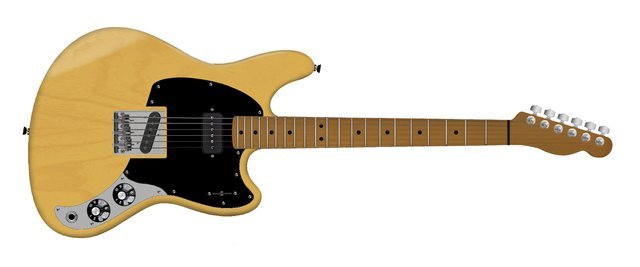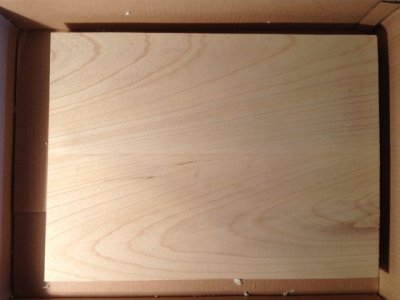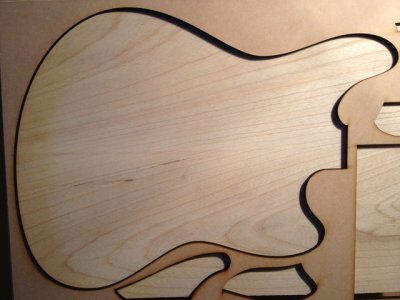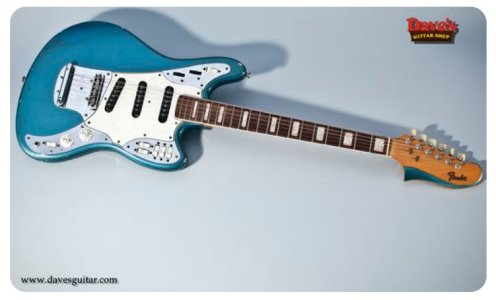rgand
Epic Member
- Messages
- 5,934
OK, I finally have some wood to make the body out of. I have 1/4" MDF routing patterns but will make 3/4" ones to work from. Today I traced the body pattern and rough cut it to less than 1/8" of the trace line. Now that brings up a question.
What is the best way to hold the routing pattern so you can cut out your body, and in this case, also the working pattern? Double stick tape to keep it from shifting and clamps? If tape, then which tape is best for the job so it doesn't leave a bunch of adhesive residue when I take it off?
What is the best way to hold the routing pattern so you can cut out your body, and in this case, also the working pattern? Double stick tape to keep it from shifting and clamps? If tape, then which tape is best for the job so it doesn't leave a bunch of adhesive residue when I take it off?









